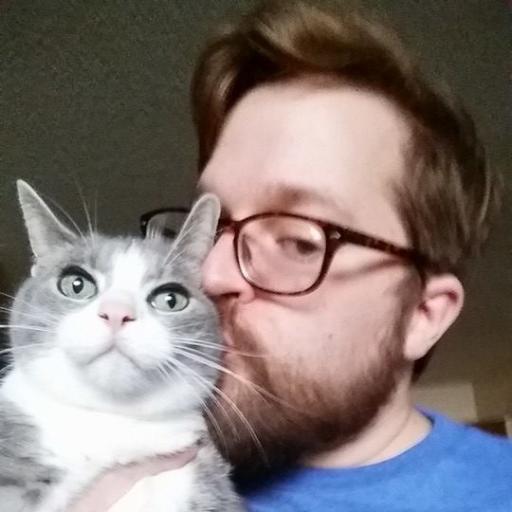


And if a large-scale natural disaster hits and farms across the country fail, where is our food going to come from? I don’t think most Americans would want to be in a position of relying on other nations for our food, in addition to our fuel.Ĭrop insurance is good public policy because it helps underpin farmers, who are enormous consumers and literally drive the rural economy. Americans spend about10 percent of their incomes on food, among the lowest of any country. With the proper risk management tools in hand for farmers, the promise of a safe and affordable food supply will not only be a legacy for our children, but for the world’s growing population as well.ĭiane McDonald, from Inkster, N. And before the ink is even dry on the new Farm Bill, these groups are plotting their assault on crop insurance. They have their sights set on the premium discount, the very thing that makes crop insurance affordable to farmers. Without the discount, farmers like me couldn’t afford to purchase crop insurance. In the past, extensive droughts like what much of the nation experienced in 2012 would have triggered an enormous ad hoc disaster bill in Congress. But since the vast majority of the cropland was protected by crop insurance during the worst drought to hit the nation since the Dust Bowl days, farmers sought assistance from their crop insurance policies, not the federal government.Ĭrop insurance, like all public policies, has its detractors, however. In fact, most farmers need to show proof of a crop insurance policy when they meet with bankers to secure production loans. The banks realize what a risky loan they are making, and are more likely to take that risk if they have the relative protection of crop insurance.Ĭrop insurance is good public policy for farmers, bankers and taxpayers alike. Opinion: Why is rural America being left behind in Lifeline reform? Opinion - Crop insurance: What a difference four decades makeĬrop insurance is not only popular with farmers, but with bankers as well. The centerpiece of the new risk management strategy on the farm is crop insurance, which is sold and serviced by private insurance companies and partially discounted by the federal government. The government’s role – helping to ensure that crop insurance is affordable to farmers – has remade the face of crop insurance from a policy that for many years was largely unknown and underused to a risk management tool that last year protected 90 percent of planted cropland. Farmers who don’t purchase crop insurance need to realize that the federal government is no longer going to come along with an ad hoc disaster bill and bail us out. farm policy. Gone are the days of direct payments and large disaster bills aimed at helping farmers after natural disasters. In its place is crop insurance, which has been embraced by farmers, farm groups and lenders alike. The passage of the new Farm Bill this year marks a pivotal stage in U.S. In between downpours, we planted what we could, but by the time the rain was finished, we couldn’t get back into the fields to finish planting. In other words, we started off our growing season with only half a crop. Thankfully, our crop insurance policy covered that kind of loss. We certainly didn’t make a dime from the policy, but the indemnity check helped cover the rent on the land and the lost fertilizer that had been laid on a field that couldn’t be planted. In fact, last spring during planting, we had 18 inches of rain in 21 days.

But that would be a penny wise and pound foolish, since going through a natural disaster can cost you the farm. There has never been a year when we didn’t have crop insurance. Sure, it costs a lot of money, and that money could be spent elsewhere.


 0 kommentar(er)
0 kommentar(er)
